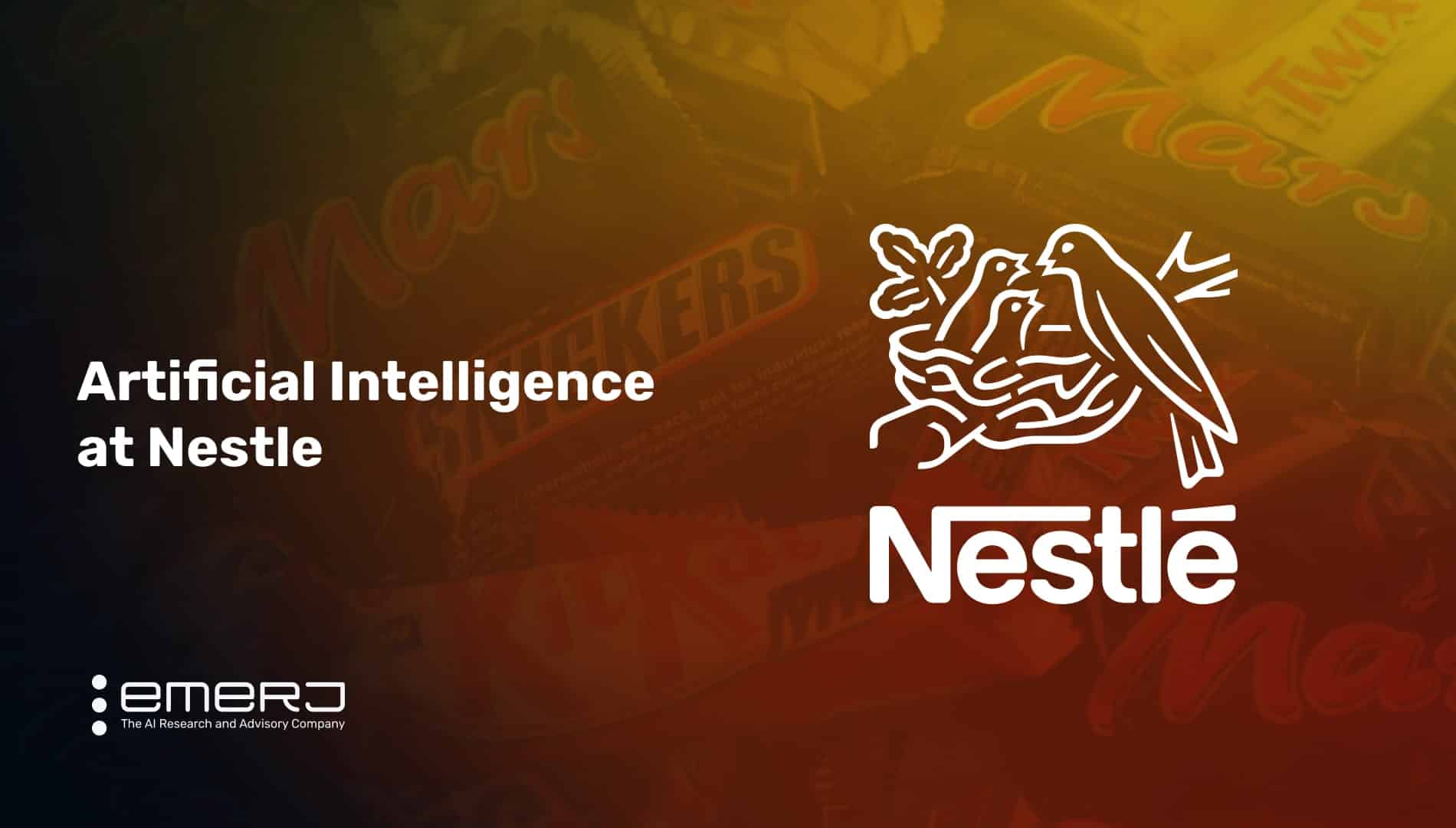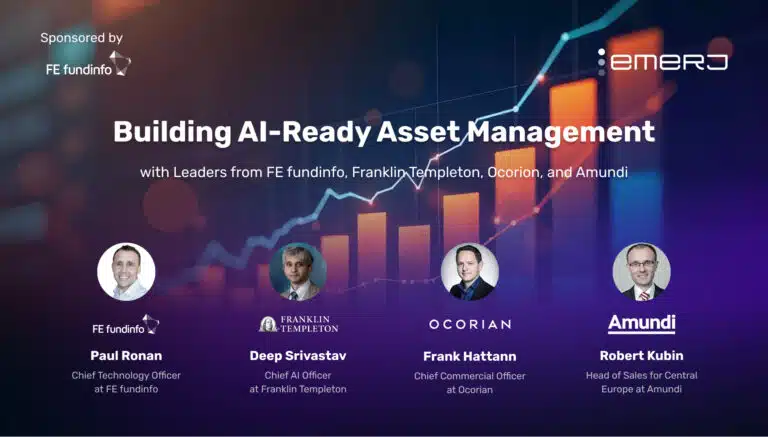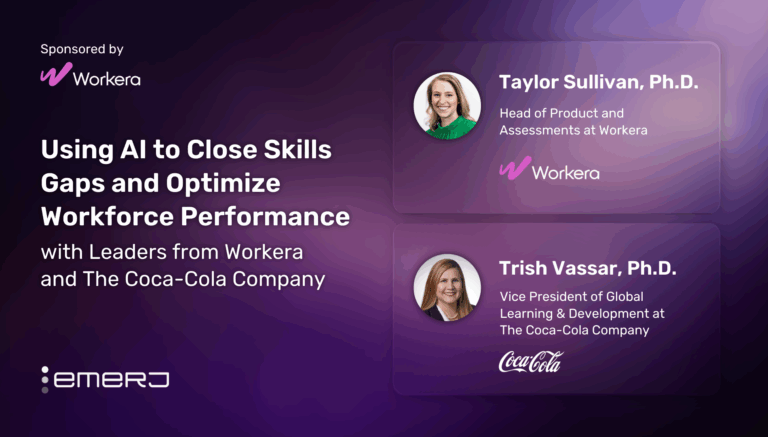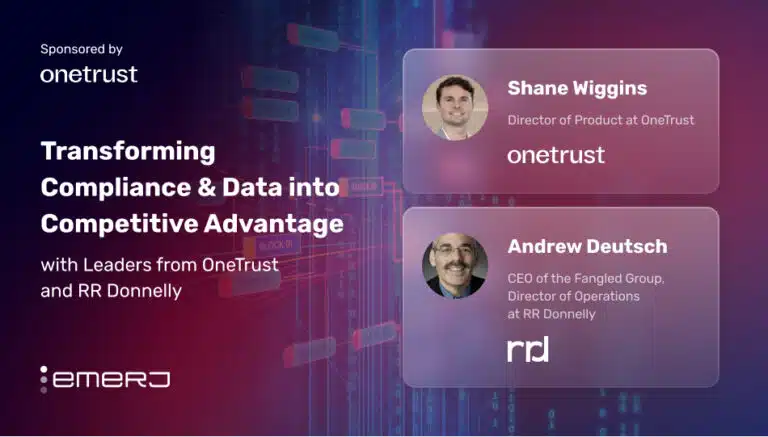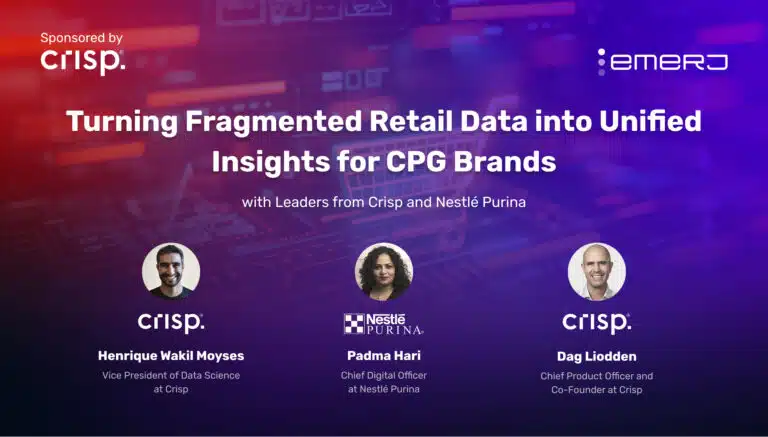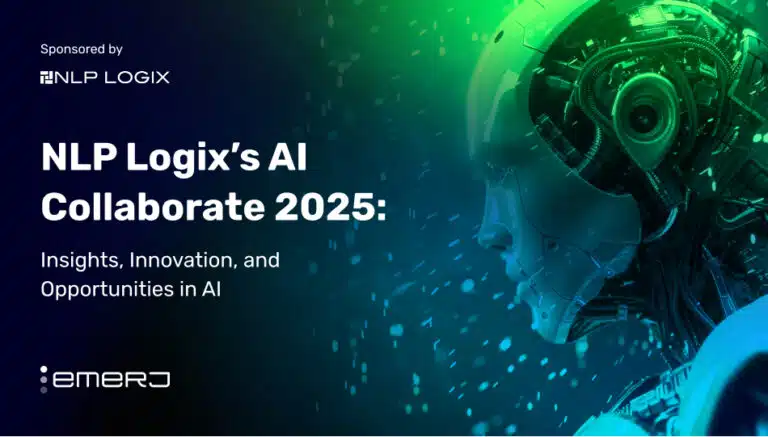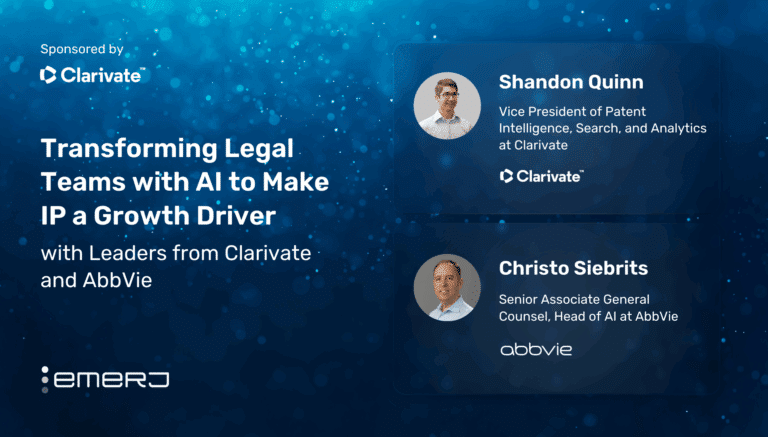Nestlé is a global leader in the food and beverage industry, operating across 189 countries with a workforce of over 339,000 employees. Formed in 1905 and headquartered in Vevey, Switzerland, it is the largest publicly held global food company, according to Forbes‘s Global 500 list, with over $98 billion in sales just last year.
Known for its diverse product portfolio, including brands like Nescafé, KitKat, and Purina, Nestlé’s purpose is “unlocking the power of food to enhance quality of life for everyone, today and for generations to come.”
While Nestlé is as recognizable a brand in the food and beverage space as any, Nestlé also owns over 2,000 popular brands, including Crunch and Kit Kat chocolate bars, Cheerios breakfast cereal, and S. Pellegrino sparkling water. According to Carolina Pinart, Nestlé’s AI Program Lead, AI is driving “three key strategic objectives: enhanced efficiency, digitized operations, and sustainability.”
This article explores how Nestlé is applying AI and ML technologies to enhance its operations through two dynamic use cases:
- Analytics for inventory prediction: Reducing inventory and costs, driving demand forecasting accuracy and supply chain workflow efficiencies with analytics-driven software platforms and personalized dashboards.
- Driving enterprise-wide collaboration with large language models (LLMs): Developing LLMs and a chatbot interface in-house to support consumer relationships and upgrade production and supply chain processes through greater automation.
Analytics for Inventory Prediction
Nestle used to run complex manual calculations involving variables such as trends, seasons, and the most fickle component—human judgment—to forecast demand. When they got it wrong, they couldn’t blame Excel (which provides outputs only as good as user inputs), and there were major consequences: stockouts, higher costs, lost revenue, and even customer attrition.
The paradigm changed when they introduced demand-driven forecasting powered by AI. Using inputs from demand signal data, the models are able to “automatically measure the effect of advertising and price, allowing for ‘demand shaping’ up and down the hierarchy and the running of ‘what if?’ scenarios.”
According to a profile in SupplyChain magazine published in May 2020, Nestlé brought on SAS Institute advisory consultant Charles Chase to help them improve their inventory forecasting. The profile details the problem areas manufacturers like Nestlé typically have to anticipate stockouts, especially before integrating AI capabilities into their logistics operations.
Chase tells SupplyChain these problems revolve around answering the following types of questions:
- What happens if I lower the price by 2% this month?
- What if I launch another similar product in Q4 and run a promotion in December?
- What will the adoption and attrition for the product look like in 3 years?
“[Y]ou are not reacting to the forecast but proactively driving the forecast and can do demand sensing and demand shaping for thousands of products automatically,” Charles tells SupplyChain. “The whole idea is you want to combine data analytics and domain knowledge on an exception basis, and you want to practice lean forecasting and forecast value-added.”
Four and a half years before Chase was brought in to help Nestlé, the SupplyChain profile notes that “80 percent of all Nestlé’s forecasts were touched by human judgment every cycle with only 20 percent being driven by mathematics, data and what he calls ‘domain knowledge.'”
A more recent and concurrent profile in Procurement magazine published in February 2024 puts a finer point on the inventory management problems Nestlé continued to face, noting that in working with solutions provider Coupa, the company was able to verify their challenges consisted of “poor input data quality and a lack of understanding of its models.”
In a recent discussion with Arkestro Chief Strategy Officer Edmund Zagorin facilitated by Emerj Technology Research, Rupam Baijal, Director of Procurement at Algoma Steel, discussed these challenges in depth as they’re experienced in the commodities space:
“So there’s no getting a ’cause’ [in procurement processes] when what we need is clear and describes exactly what you need to get in. The process fails when it has a huge number of line items and the data is not clean. That’s where the whole process breaks down. I know there are agencies out there. They take your data, clean it up, and put it in the standard formats where everything looks the same. It has the most current part numbers, the most current manufacturers, and even the most current suppliers after companies have been bought over the years. They try to clean it up as much as possible. But then the claim cleansing is dependent on how good data was given to them.”
– Rupam Baijal, Director of Procurement at Algoma Steel
Nestle contracted with cloud solutions provider Coupa to assist the company in implementing proper data governance procedures and driving better outcomes throughout its inventory management systems.
The two-and-a-half-minute-long video below provides a high-level overview of how Coupa’s platform enables data integrations across enterprises:
According to a Coupa datasheet titled “Coupa Reporting and Dashboards,” the platform provides “Executive Dashboards” to its clients that, the company claims, offer real-time graphical views, delivering crucial insights into spend management performance, supplier performance, liquidity, and more.
The executive dashboards have four distinct features:
- Summary Dashboard: Monitor company spending in real-time and forecast expenditures for the next six months.
- Spend Performance Metrics: Analyze spending by commodity, top suppliers, and different types, such as Punchout vs. Catalog.
- Liquidity: Review invoices from the past 12 months and evaluate if optimal payment terms are being utilized to maximize cash flow.
- Supplier Performance: Identify vendors with the worst on-time delivery performance and assess your top-rated and lowest-rated suppliers.
Screenshot of the Coupa Executive Dashboard as featured in the company datasheet titled “Coupa Reporting and Dashboards”. (Source: Coupa)
According to a FAQ section of Coupa’s website known as Coupa Compass, the platform offers a number of pre-designed dashboards for various workflows in traditional procurement processes for customers, including core supplier onboarding, candidate disposition, candidate submittal, contingent worker management, expenses, and more. A complete list can be found here. The page also includes instructions for creating fully customizable dashboards if these presets do not meet client needs.
Because the supplier version in the Coupa Compass requires a user log in, Emerj is unable to report on its features.
According to the SupplyChain profile, Charles Chase was able to procure the following results for Nestlé’s inventory management operations as of May 2020, four years ahead of the company’s partnership with Coupa:
- Eighty percent of Nestlé’s forecasts are driven “right out of the solution” (according to Chase) with no human judgment.
- Every 1% improvement in forecast accuracy meant a 2% reduction in safety stock while still being able to meet consumer demand.
- Ultimately, they were able to reduce 14-20% of inventory, which translates to millions in savings for a business like Nestlé.
As for specific results from the Coupa partnership, only the Nestlé press release specifies a numbers-based result, claiming that the company was able to model “five times faster than before and achieved cost savings across the board.”
The Coupa use case documentation features a video of Nestlé Supply Chain Optimization Principal Robert Wang, testifying to the software’s ability to streamline inputs and user experiences for the entire workforce, driving data-based insights across the enterprise in the process.
However, the Coupa documentation does not mention the “five times” modeling speed figure as noted by Nestlé.
Driving Enterprise-wide Collaboration with LLMs
For many manufacturers, including those in the food and beverage space, basic communication remains a considerable obstacle – even in the digital age. A recent and widely cited customer survey of manufacturers from Fierce, a respected development and training provider in manufacturing spaces, found that 86% of workers and executives reported poor communication as a reason for workplace delays.
A 2017 Gallup study shows that—well before the mass introduction of AI in heavy industry—only 25% of manufacturing employees reported feeling engaged in their processes, 8 percentage points below the national average for U.S. workers.
To address these challenges, Nestlé sought to design an LLM and requisite chatbot tool in-house to drive communication across their divisions and eliminate silos. Leaders sought to make the tool stickier for their employees by providing training across the organization on how NesGPT can boost efficiency and support work across discrete functions such as sales, product innovation, marketing, and legal.
The two-and-a-half-minute video below provides a high-level overview of the objectives and implementation of the NesGPT platform across the company. (Viewers advised: The audio of the video is in Thai, but English subtitles are provided throughout.):
Some examples of how NesGPT has been applied throughout the company include:
- Support in building consumer relationships, e.g., conducting data analysis and segmentation
- Upgrading production and supply chain processes, e.g., being able to anticipate stockouts at certain retailers and optimizing prices
- Introducing intelligent process automation to supply chain and manufacturing, e.g., automating demand forecasting
Another major innovation is Nestle’s in-house GenAI tool, which is utilized in the end-to-end product innovation process. According to Shah, “The tool presents a range of concepts in a little over a minute, taking in inputs from more than 20 Nestlé USA brands and analyzing real-time market trends to suggest creative product concepts that our teams can then go on to explore and test.”
With just a few simple prompts, Shah notes that the tool can reduce the product ideation process from six months to six weeks.
A significant benefit of employing AI in the manufacturing process is in predictive maintenance, which is cited as a business function benefited by Nestlé’s in-house LLM. According to a McKinsey article profiling predictive maintenance advancements at Nestlé through AI, “AI-driven predictive maintenance can decrease equipment stoppages by 30-50% and increase their lifespan by 20-40%, improving Health, Safety, and Environment (HSE) standards and overall equipment uptime.”
However, the McKinsey article does not cite the company’s LLM as solely responsible for these results. The reporting cited in the article largely discusses the role of analytics in these results. By harnessing machine learning and data from sensors, Nestlé can predict when equipment might fail before it actually does. This proactive strategy helps to lower maintenance expenses, minimize downtime, and improve overall production efficiency.
While difficult to quantify, it is possible to credit NesGPT with having a significant impact in expediting the delivery of these results. However, the extent of this is not publicly available in company documentation or other reporting.


